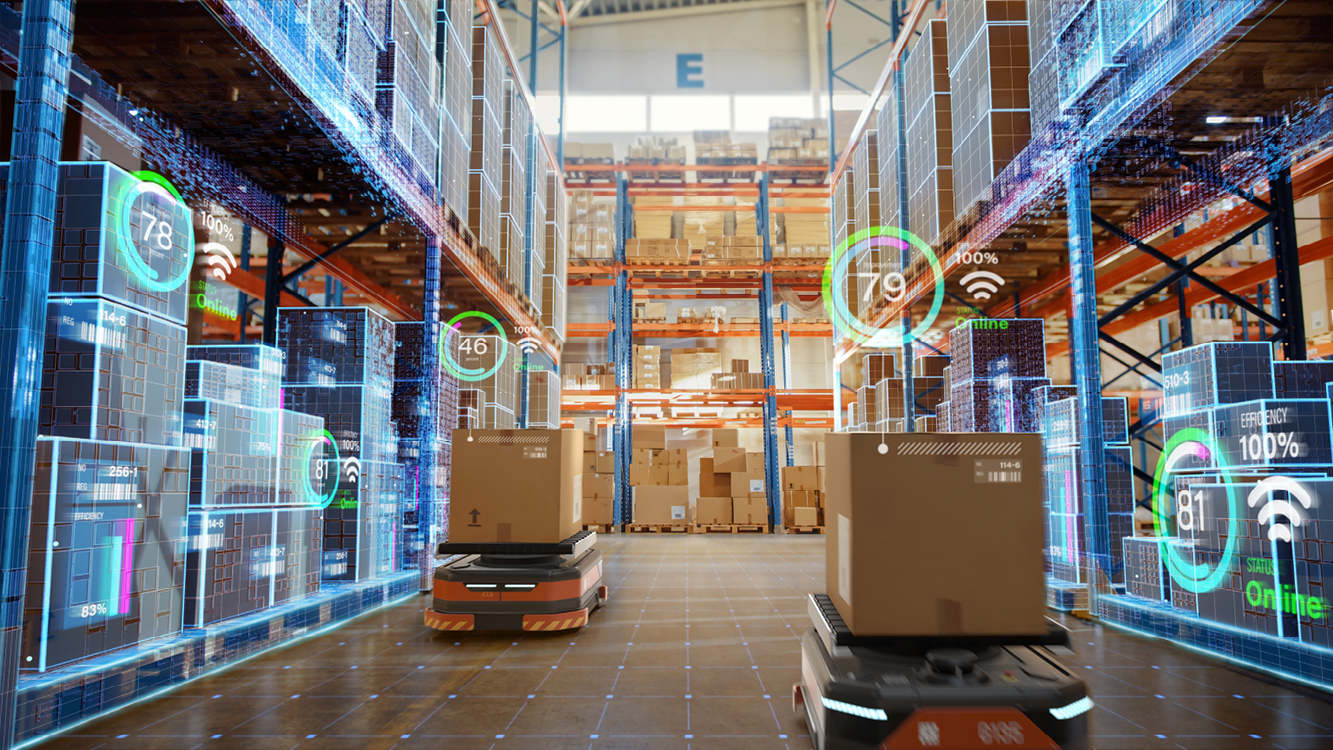5G’s Pivotal Role in the Future of Smart Transport
How Europe’s technology solutions providers (TSPs) can drive the next wave of mobility innovation.
BlueStar's diverse portfolio offers unparalleled access to premium products and services that drive business growth and success. From state-of-the-art hardware to advanced software solutions, our portfolio is designed to empower businesses with the tools they need to thrive in today's competitive landscape.
Our vertical-based content focuses on different industry technologies, solutions, and insights.
A true VAD offers top-notch pick, pack and ship services, and provides programs and services that add value to the distributed products that increase their value or worth.
The BlueStar DifferenceHow do the advantages of 5G compare to Wi-Fi 6?
In the fast-paced world of warehouse operations, staying connected is not just a convenience – it’s a necessity. As 5G technology gains momentum, the wireless market is undergoing a seismic shift. After all, 5G adoption promises unparalleled speed, reliability, and efficiency. This is an attractive carrot for warehouse operators, particularly since innovation has been slowed by the inability to transmit data in mobile/wireless applications. With lightning-fast data transfer and enhanced IoT capabilities, the allure of 5G is undeniable. However, it begs the question: is the future of wireless connectivity for warehouses exclusively 5G-driven?
5G adoption propels a new era of efficiency and productivity within warehouse operations, including:

Beyond the promise of faster speeds, lower latency, increased capacity and expanded bandwidth, 5G technology brings revolutionary capabilities to warehouse operations, including:
Future-minded warehouse operators are exploring how 5G adoption can meet the mission-critical needs of their operations. A 2021 global Deloitte study identified that 76 percent of executives believe 5G will become the most critical network technology by the end of 2024.
The implementation of a private 5G network can bring operational improvements. Fast speeds, low latency, and ample bandwidth can enhance forklift operations, allowing their safe and autonomous operation, even during high network demands. Employee resources could then be allocated to other more time-intensive areas like picking and packing. 5G adoption also offers support here, providing the capacity and bandwidth to optimize AR/VR applications, as tablets and smart glasses could reliably direct pickers to precise product locations.
Additionally, increased capacity enables computer vision and environmental sensors to perform optimally across an entire IoT system. This is game-changing for asset tracking and real-time locationing, as warehouse workers now have quick, seamless access to data that provides invaluable time-savings as they pick across thousands of SKUs, with increased accuracy and reduced cycle times.
Wi-Fi 6 is the latest standard, barely eclipsing 5G in faster connections, lower latency and improved battery life for some devices. However, 5G stands out for speed and performance. When digging into a micro comparison between Wi-Fi 6 and 5G, there are nuances for when and why to choose one over the other as it relates to:
The bottom line is that rather than choosing one technology over the other, 5G and Wi-Fi can work together. Interoperability, seamless connections, and the ability to use 5G to backhaul Wi-Fi access points enable unmatched efficiencies for warehouse operations.
With its advanced capabilities, 5G empowers technology solutions providers (TSPs) to design systems that operate reliably and safely and open new frontiers for innovation. 5G adoption, in conjunction with Wi-Fi 6, allows TSPs to create a robust ecosystem that leverages the strengths of both systems for optimal performance.
Help warehouse operators evaluate all available connectivity options to implement solutions that will meet the specific needs of their warehouse environment. By helping them embrace a comprehensive and blended approach to connectivity, TSPs can unlock the full potential for warehouse operations, driving efficiency to new heights.

How Europe’s technology solutions providers (TSPs) can drive the next wave of mobility innovation.

From smart cities to autonomous mobility – actionable strategies to monetize 5 G’s €164B economic impact and secure long-term client success.

Here’s how fixed industrial scanners streamline supply chains, improve efficiency, and provide valuable solutions for your clients.
